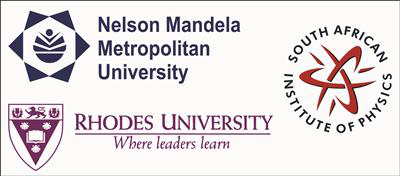Speaker
Abstract content <br> (Max 300 words)<br><a href="http://events.saip.org.za/getFile.py/access?resId=0&materialId=0&confId=34" target="_blank">Formatting &<br>Special chars</a>
When simulations based on the Standard Model (SM) of particle physics are compared to actual data obtained by the ATLAS experiment at the CERN Large Hadron Collider (LHC). The observed spectrum in data does not seem to follow well the prediction from the SM. In order to make predictions for higher centre of mass energies at the LHC, simulations of processes resulting in the production of Higgs bosons were done for different centre of mass energies. At the energy scales seen at the LHC, the SM predicts that the main production mechanism for Higgs bosons is gluon fusion. The production of a Higgs boson in this manner must be accompanied by the production of one or more partons in order for the Higgs boson to acquire transvers momentum. If a heavy scalar boson is produced in these interactions which decays into a Higgs boson and some other particle, the emission of this other particle would give the Higgs boson extra transverse momentum above what is predicted by the SM.
Main supervisor (name and email)<br>and his / her institution
Prof. Mellado; Bruce.Mellado@wits.ac.za
University of the Witwatersrand
Apply to be<br> considered for a student <br> award (Yes / No)?
Yes
Level for award<br> (Hons, MSc, <br> PhD, N/A)?
Hons
Would you like to <br> submit a short paper <br> for the Conference <br> Proceedings (Yes / No)?
No
Please indicate whether<br>this abstract may be<br>published online<br>(Yes / No)
Yes

